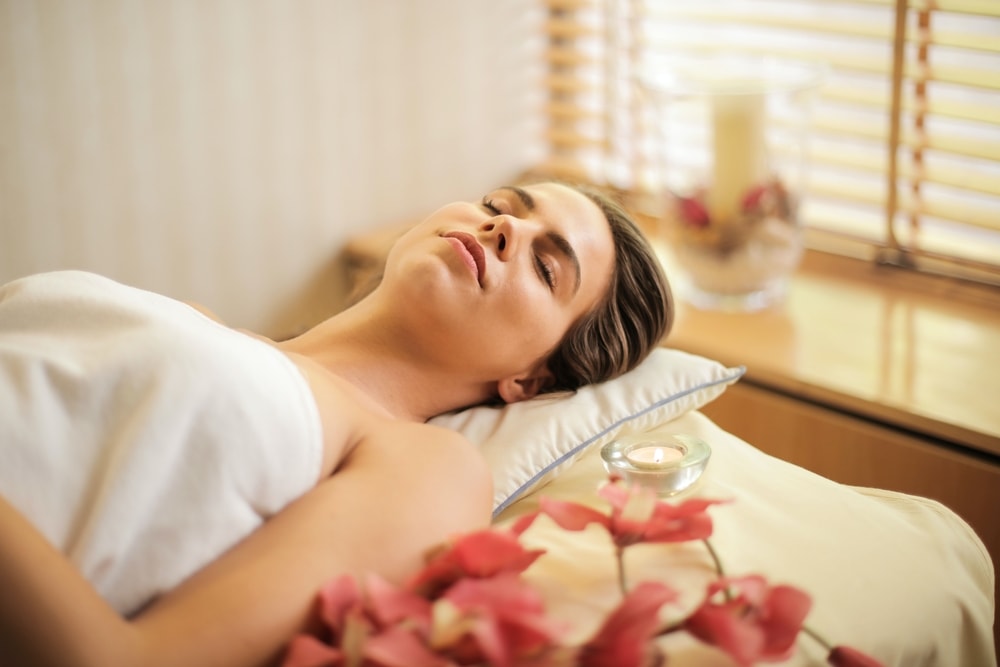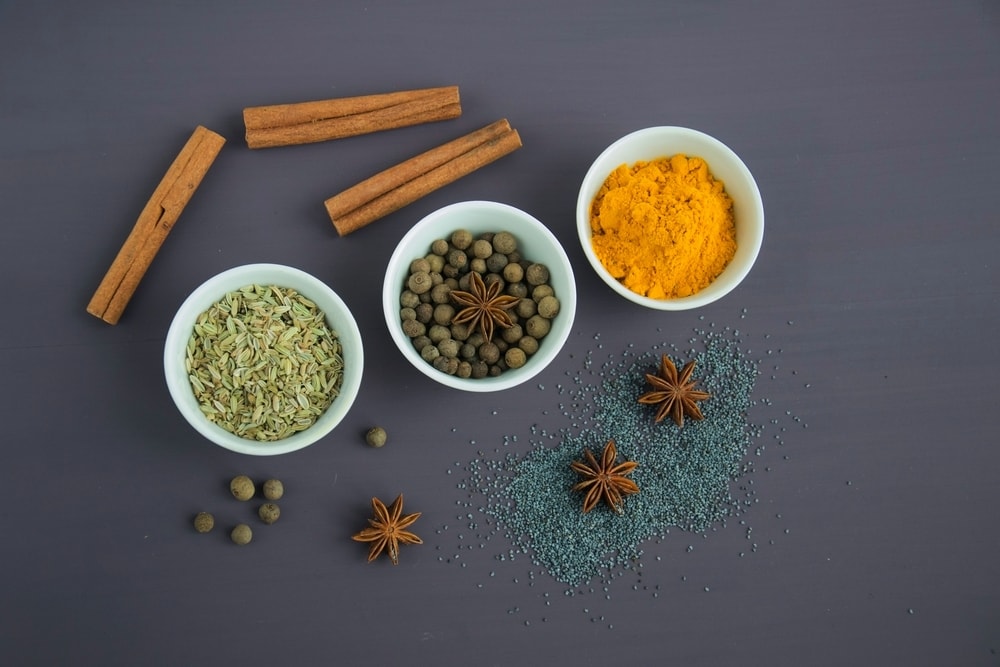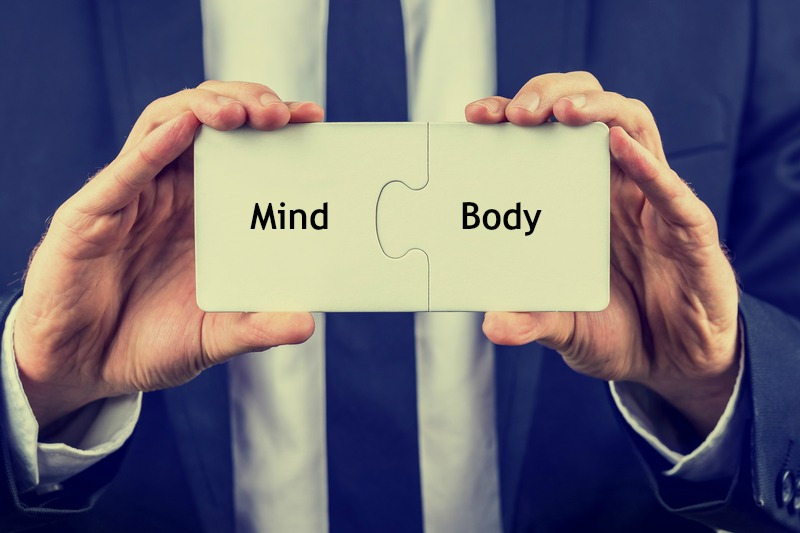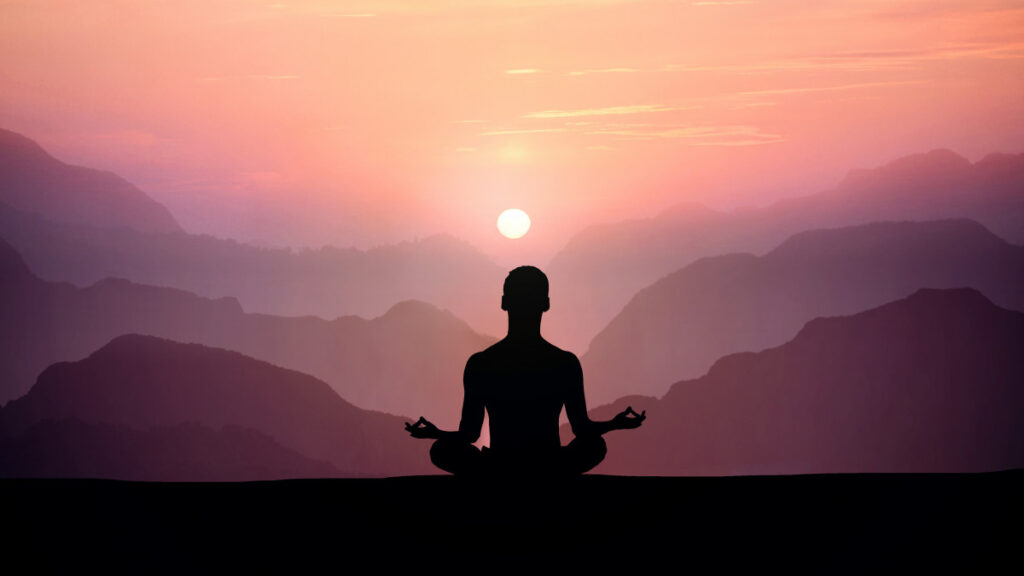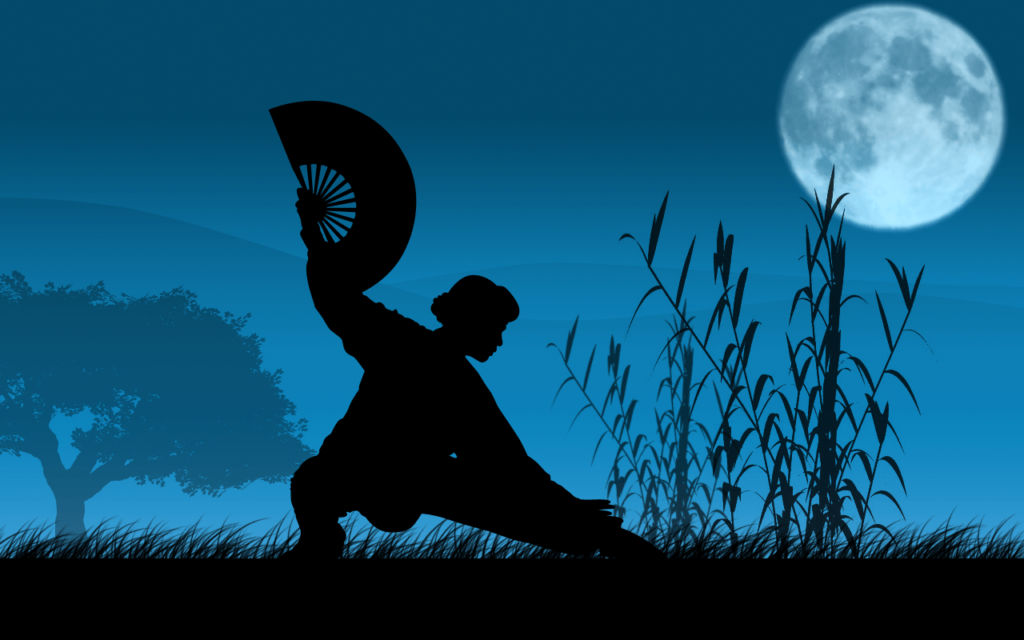What to Look for in a Reputable Spa
If you drive down any major street, in any big city, you will be sure to stumble across no fewer than three nails salons/spas for every five block radius. With so many salons to choose from, how do you know which one is the best and safest bet? I have 5 surefire ways to tell if the spa you are in is worth the precious coin you are about to pay.
Look for licenses. When you first walk into a spa look for any licenses posted. Most reputable spas will have either all employees licenses prominently displayed near the cash register or at each technicians workstation. If you don’t happen to see them displayed, ask your beauty professional out rightly if you can see their certifications. You may also wish to ask them questions like; “How long have you been practicing” and “How long have you been at this establishment”. True professionals have to work hard to get through their classes, are very proud of their accomplishments, and will welcome showing and talking to you about this.
Technique. Good therapists have learned good techniques to use in order to make their customers comfortable. Be aware of what they are doing; are they too rough, fumbling through your treatment, or otherwise seeming clueless? For example, if you go to a local spa to have a massage and find your therapist pressing aggressively on a bony prominence that contains no muscle underlayer (hips, clavicle area, scalp) for no good reason, you can be pretty safe in assuming that they are not really likely to have a good knowledge base. At that point it may be in your best interest to stop the treatment short and go before any damage is done.
Products. Good spas will take pride in their reputation and the products they use. They will tell what items they will be using on you beforehand and have the items ready for you after your treatment for you to purchase if you wish. They will stand beside you and explain the active ingredients in every product, what it does, and why they would recommend it for you. Most customers don’t look forward to these moments and think of them as the necessary sales pitch they have to sit through, but that notion couldn’t be more false. Your therapist will talk to you, get an idea of your likes and dislikes, and note any problem areas you may have. They will then use their training to recommend something that would suit you best. The idea is not so much to try to “make a sale”, although I’m sure its part of it, the main idea is to educate you as best they can.
Cleanliness. A good spa will be clean inside and out including in places a client would not readily be looking like in the washroom or under treatment tables. If you see spills, dust, chemicals, towels, wraps, or any other disorderly mess chances are that the location you picked is not the best. Also look around and make sure that you see devices that are used to sterilize tools and instruments. Obviously if a tool looks dirty or you are not sure, you really owe it to yourself to speak up and stop the treatment if need be.
Do they listen? A good spa will have technicians who listen to your requests for modifications and respect your privacy. Typically, before most body treatments, your technician will sit down with you to ask about any allergies you may have, injuries you are suffering from, and your overall preferences for the session. They will respect your need to remain draped and will not allow you to remain exposed or be seen by anyone else while exposed. They will also respect your boundaries and will check with you often during your treatment to make sure you are totally comfortable.
Although visiting salons and spas are relaxing and can make you feel better inside and out, it is really important to remember that it is your health that is at stake. A manicure or pedicure done with unclean instruments can leave you with terrible fungi that are very difficult to cure. An untrained masseuse can cause you even worse pain than you were in already and can possibly cause severe injury. A self taught esthician can cause severe burns on your face and possible infection and scarring. You owe it to yourself to ask questions and make sure you are getting the best. After all, you are the most important person in the world, and your health comes first!
Source : Best Medical Spa
